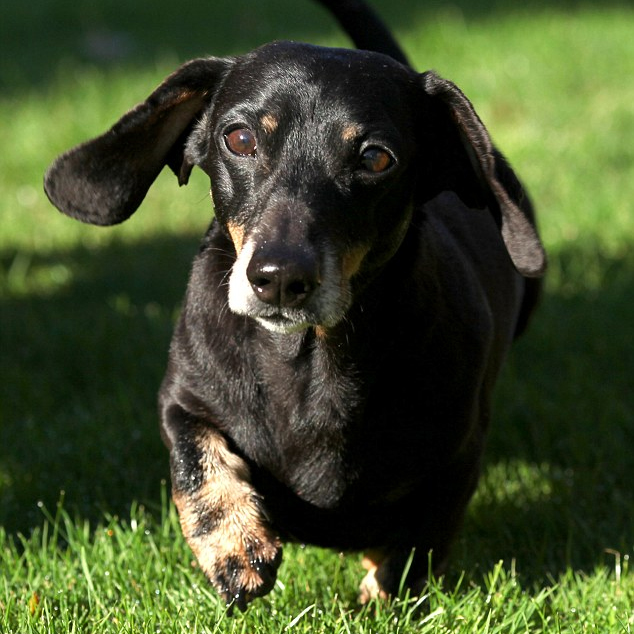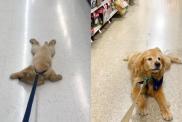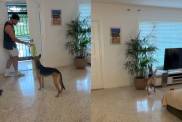A British study has yielded surprising and promising results in the treatment and possible reversal of paralysis in dogs, BBC News reports.
Scientists from Cambridge University teamed up with the Medical Research Council to execute the innovative study, which has recently been published in the prestigious neurology journal, Brain.
The Cambridge University scientists describe themselves as cautiously optimistic, having been able to reverse the devastating effects of severe spinal injuries in dogs using cells from — of all unexpected sources — the lining of the dogs’ noses.
Researchers first collected cells in the nose lining called olfactory ensheathing cells, thought to be essential because they communicate between the central and peripheral nervous systems to send smell signals to the dog’s brain. They grew each dogs’ cells in petri dishes for three to five weeks before then injecting those cells directly into the dogs’ spines. Each dogs’ mobility level was tested using a treadmill before and after the time of injection, and what the researchers discovered was fascinating.
According to the results, there is no indication that the olfactory ensheathing cells restored communication between the dogs’ hind legs and their brains, and yet the injection of the cells seemed to yield successful results anyway. Spinal cord injury experts still cannot explain how the effects of paralysis were reversed in the dogs, but the effectiveness of the treatment is sure to lead to further promising studies.
“For those dogs that had the cells, something about having those cells in their spinal cord made them walk better, a little better, but not as if they were never injured” spinal cord injury researcher Naomi Kleitman told ABC News after reviewing the results of the British study. “It’s a phenomenon, and we need to learn more about how this can happen.”
Of the 34 dogs included in the groundbreaking study, 23 have regained the use of their back legs. None of the dogs in the control group experienced any reversal in their paralysis.
One of the dogs helped by the Cambridge study is Jasper, a 10-year-old Dachshund whose spinal injury four years ago left him without the use of his hind legs. Jasper’s owner, May Hay, told BBC News that she is thrilled with her dog’s progress.
“Before the treatment we used to have to wheel Jasper around on a trolley because his back legs were useless,” Hay explained. Hay used to have to help Jasper along on walks using a sling, but that sling is history; the treatment in the Cambridge study has seemed to make all the difference, she said. “Now he whizzes around the house and garden and is able to keep up with the other dogs,” said Hay. “It’s wonderful.”
A video documents Jasper’s miraculous progress after undergoing the olfactory ensheathing cell therapy.
The Cambridge study yielded positive results for the dogs in the trial, but it is too soon to determine the scope of benefits olfactory ensheathing cell therapy could have in further veterinary — and perhaps one day human — medicine.









